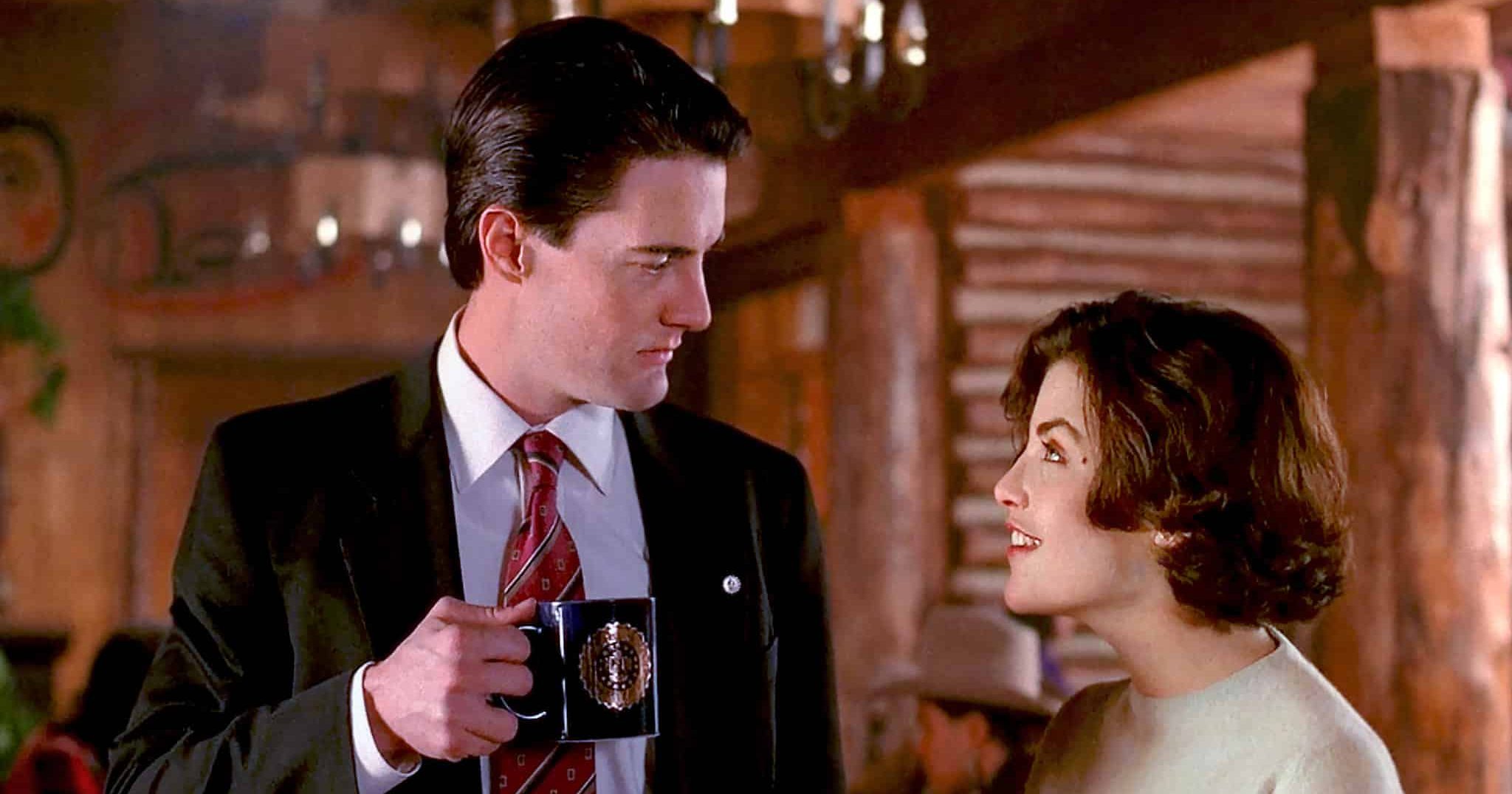Often listed as one of the greatest TV shows ever made, Twin Peaks sent shockwaves through the small screen landscape when it arrived in 1990. All these years later, the unorthodox detective drama with the distinctly quirky sensibilities has not lost its power to fascinate.
It’s been a huge cult classic for more than 30 years, but did you know the following facts about Twin Peaks?
10. The show was originally called North Dakota

After making his acclaimed 1986 thriller Blue Velvet, David Lynch was encouraged by his agent to develop something similar for TV. Lynch and co-creator Mark Frost developed an idea about “a small town” which would tell “a sort of Dickensian story about multiple lives in a contained area that could sort of go perpetually.”
Originally the show was going to be set in North Dakota’s plains region, so the working title was North Dakota. This was then changed to Northwest Passage, the title of the pilot episode, before they settled on Twin Peaks.
9. It was inspired by a real murder case
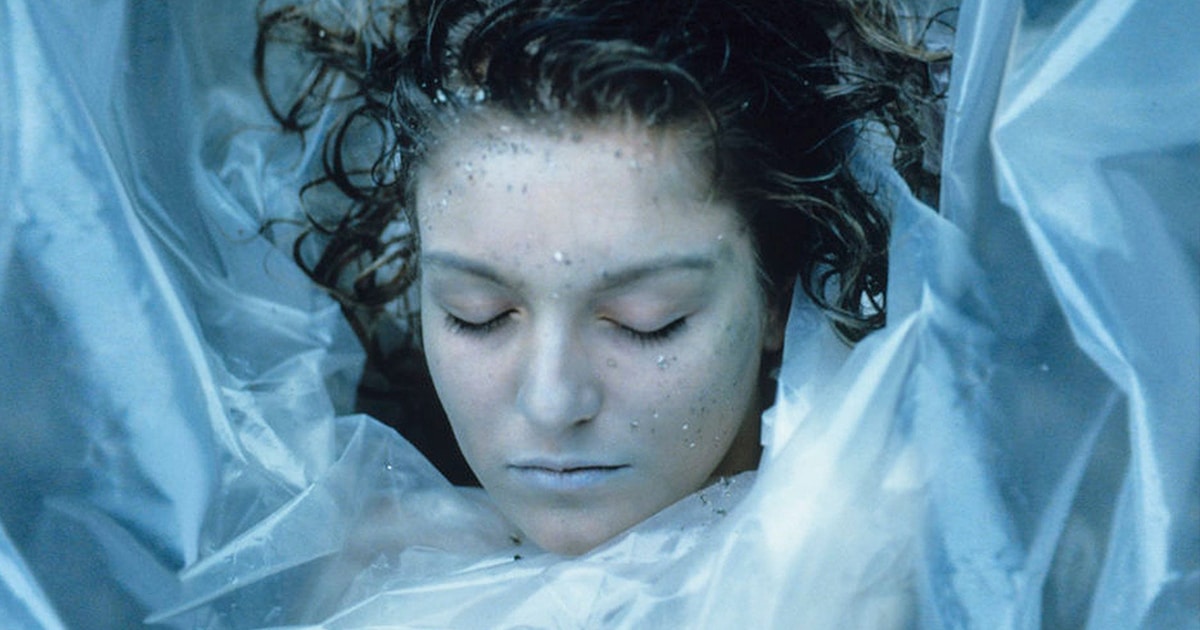
Co-creators Mark Frost and David Lynch came up with the idea of a girl next door leading a double life that would end in murder. This, of course, wound up being the tragic story of Laura Palmer, which underpinned the entire series (and was later explored in 1992 prequel movie Twin Peaks: Fire Walk With Me).
Their idea was inspired in part by an actual case: the 1908 murder of Hazel Irene Drew in New York. This case was never officially solved, although writers David Bushman and Mark Givens claimed to have solved the case with their 2022 book Murder at Teal’s Pond.
8. The main theme was composed in 20 minutes

The memorable theme music for Twin Peaks, which The Guardian has described as “still marking the summit of TV soundtracks,” was composed by Angelo Badalamenti and David Lynch. It was not a difficult process, and in fact the signature Love Theme from Twin Peaks (which won a Grammy award) was composed in just 20 minutes!
Badalamenti first worked with Lynch on Blue Velvet, and became a recurring collaborator of the filmmaker, providing the scores for such films as Wild at Heart, Lost Highway, The Straight Story and Mulholland Drive.
7. Sheryl Lee wasn’t meant to have a recurring role
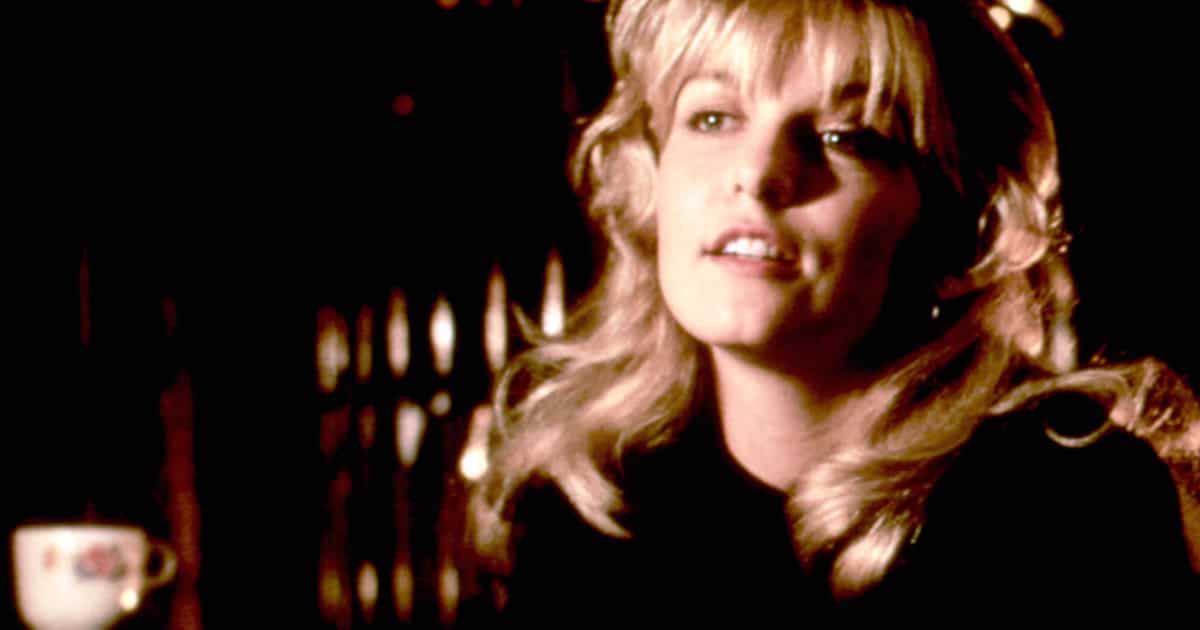
Twin Peaks was shot in Washington State, so the show runners decided to cast an unknown local newcomer, rather than a professional actor, to play the pivotal role of Laura Palmer. The part went to Sheryl Lee, and originally it was thought that she would simply be playing a dead girl in the first episode.
However, Lee turned out to be such a good actress in her own right that she became a regular addition to the cast, appearing in flashbacks as Laura, as well as playing Maddy Ferguson, Laura’s cousin. Lee also took centre stage in prequel film Fire Walk With Me.
6. Censors wanted to remove the pilot’s tweezer scene
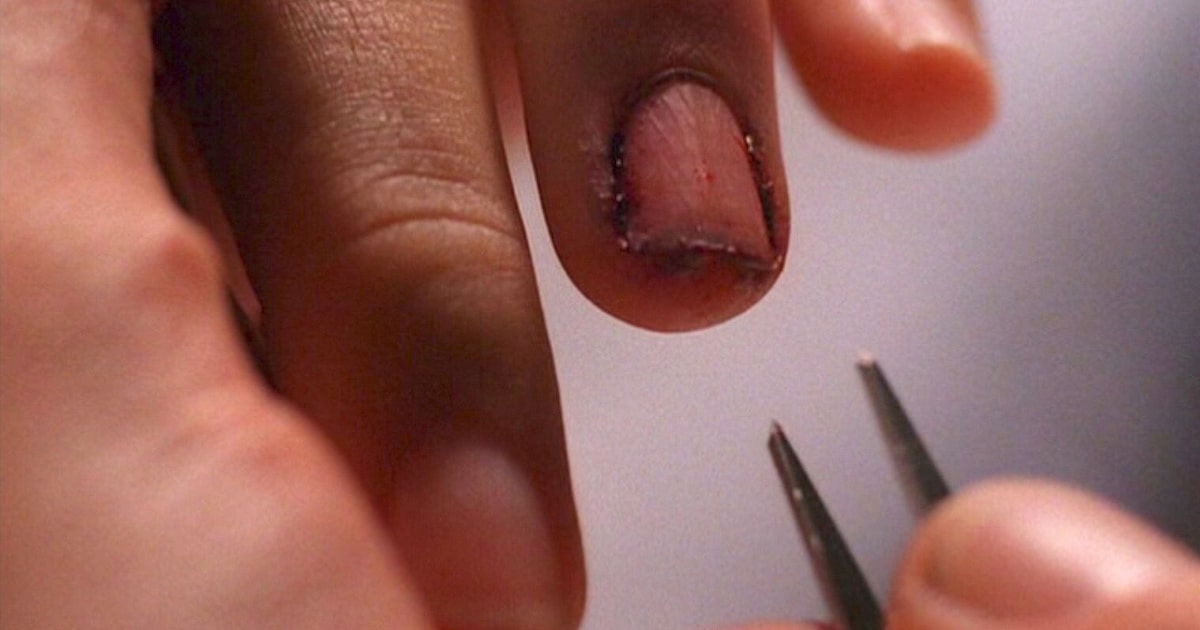
Twin Peaks was at times controversial for pushing the boundaries of violence and adult content on television at the time. One moment in the pilot episode proved particularly uncomfortable for some: the shot of Kyle MacLachlan’s Agent Cooper sliding tweezers under the fingernail of the dead Laura Palmer to remove a tiny ‘R’.
The censors at the US TV Standards and Practices office requested this scene be removed – but they did not have the legal power to enforce this. Mark Frost and David Lynch refused to make any changes, and the scene remained intact.
5. Isabella Rossellini was originally offered Joan Chen’s role
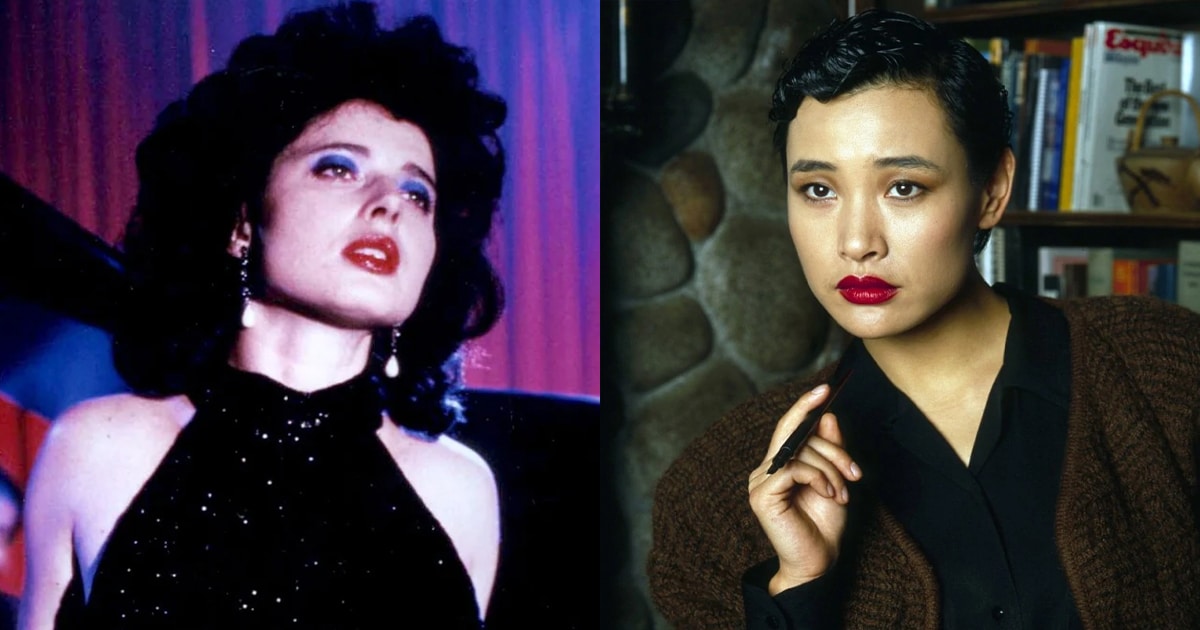
Originally, Kyle MacLachlan was not the only Blue Velvet actor set to reunite with Lynch on Twin Peaks. Originally the town’s powerful businesswoman Josie Packard was to be an Italian-American woman named Giovanna Packard, and Blue Velvet leading lady Isabella Rossellini was poised to play the part.
However, Rossellini backed out of the project for reasons unknown, and the character was reworked into Josie Packard for Joan Chen.
4. A hot car inspired the red room dream

Cooper’s ‘red room’ dream at the end of the third episode, which held the key to the identity of Laura’s murderer, was not in the initial script. Instead, the idea came to Lynch in a vision of sorts, after he touched the side of a hot car.
Lynch has been quoted as saying: “the front of me was leaning against this very warm car. My hands were on the roof and the metal was very hot. The Red Room scene leapt into my mind. Little Mike was there, and he was speaking backwards. For the rest of the night I thought only about The Red Room.”
3. Agent Cooper and Audrey Horne were meant to have a romantic relationship

Some moments in Twin Peaks’ first season indicated that Sherilyn Fenn’s Audrey was attracted to Agent Cooper. Originally, the writers intended for a full-blown romance to ensue between the characters, but Kyle MacLachlan himself refused to go along with this – at least in part because, off-camera, he was in a romance with Donna actress Lara Flynn Boyle at the time.
Sherilyn Fenn complained years later that Boyle “was mad that my character was getting more attention, so then Kyle started saying that his character shouldn’t be with my character because it doesn’t look good, ’cause I’m too young… I was not happy about it. It was stupid.”
2. Its ratings fell dramatically in the second season

Twin Peaks became a massive hit with critics and audiences in its first season, but this interest dwindled surprisingly quickly. By the end of the second season, the show’s ratings had fallen drastically – largely because, under pressure from the network, the show runners revealed who killed Laura Palmer midway through season two. With the key mystery resolved, most viewers felt the show had run its course.
Season two ended on a cliffhanger, but this was not enough to revive audience interest, and Twin Peaks was not renewed for a third season.
1. The third series was filmed like a movie
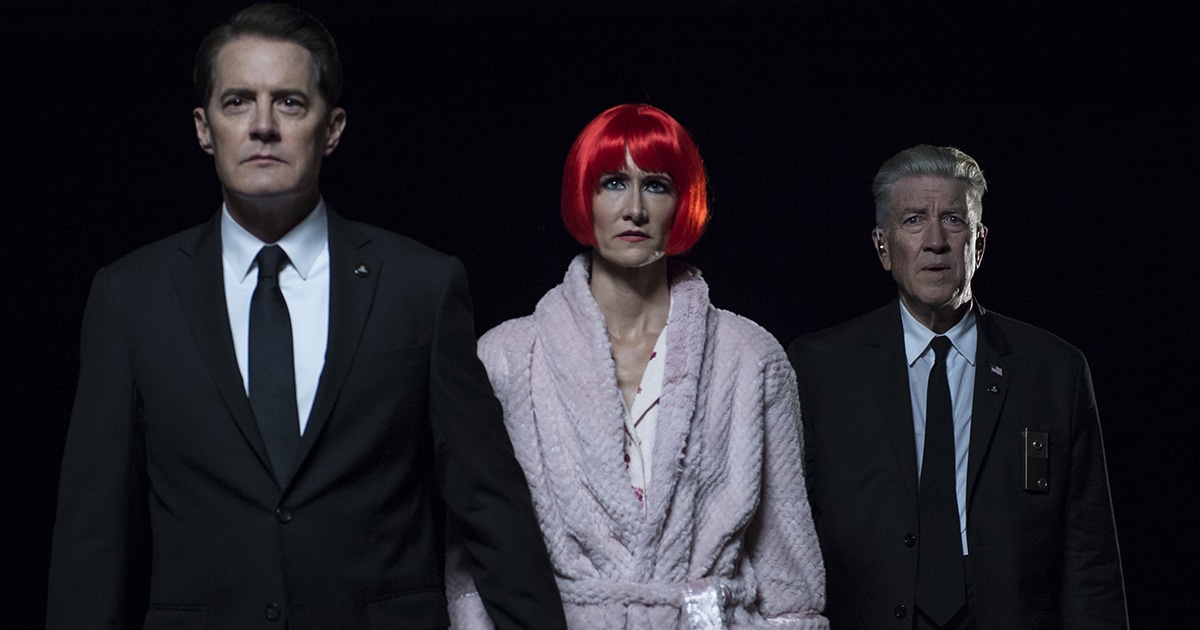
While 1992 movie Twin Peaks: Fire Walk With Me answered some questions, fans didn’t really get closure until the third series of Twin Peaks finally arrived in 2016, with most of the original cast returning. This belated third season was produced in a very different way to most TV shows, as – rather than being written and filmed as separate episodes – it was all shot from a single script and treated like one epic movie, which was later edited into 18 separate episodes.
For this reason, some critics have classed Twin Peaks season three as a movie, and it has appeared on polls of both Lynch’s best films and the best films overall from the 2010s. Excitingly for fans, David Lynch and others involved have suggested they may be interested in making a fourth season at some point.

